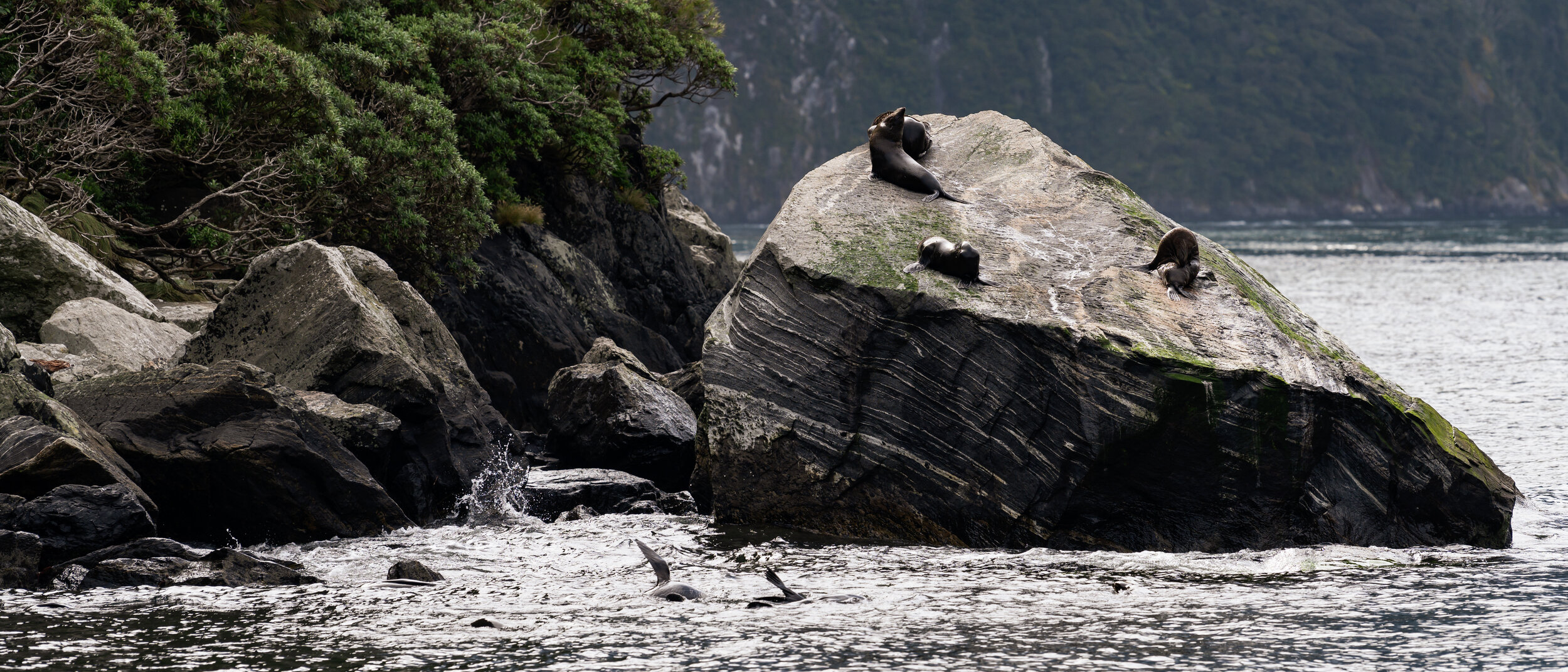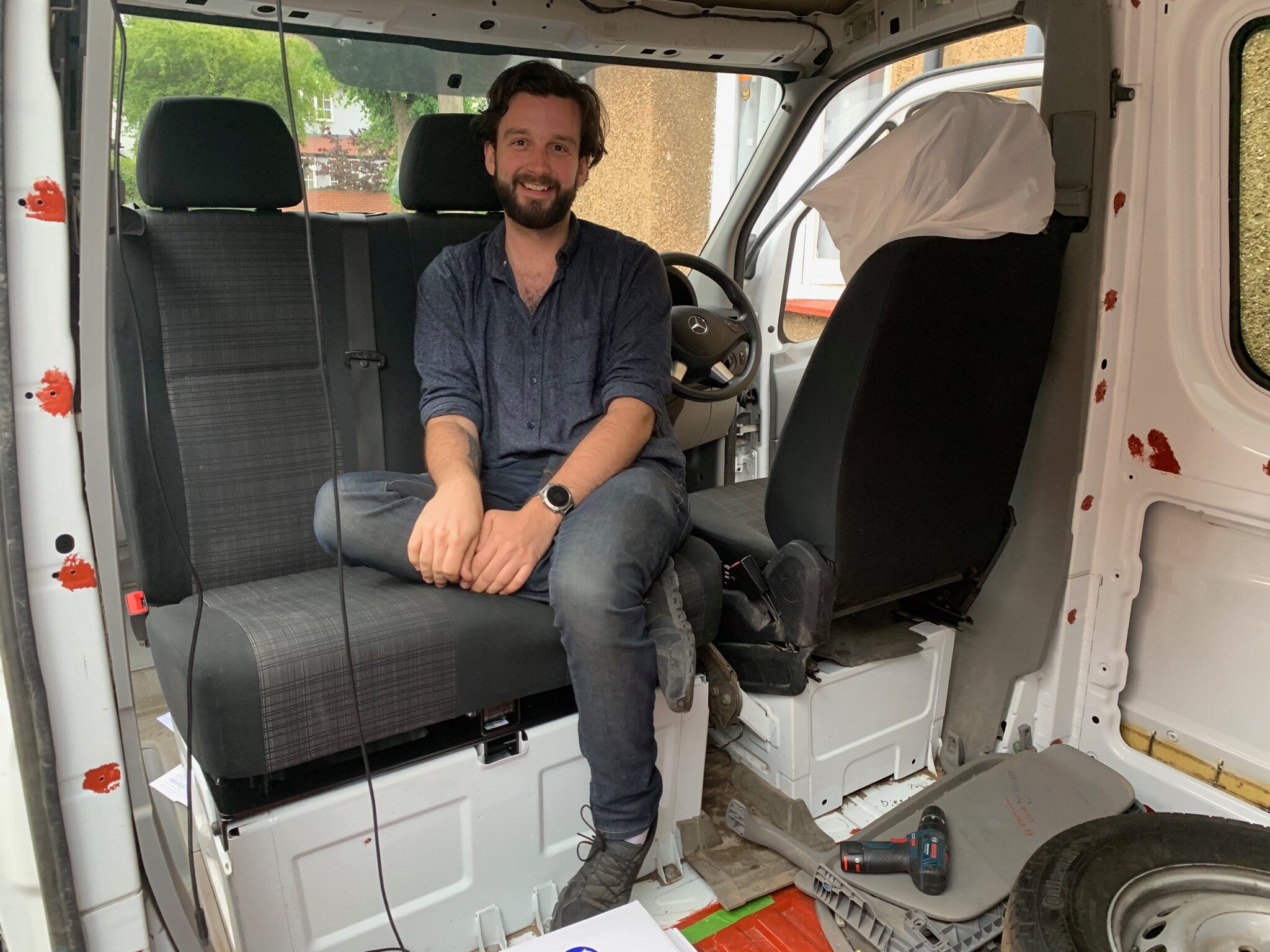A once in a lifetime trip. Three weeks on New Zealand’s South Island. The itinerary included a two-day stopover in Sydney before heading to see family in Wanaka. The majority of the holiday was spent driving and camping with my travel companion (and companion in life generally) Ruth.
It’s always a balancing act deciding what camera kit to bring on holiday. My rationale for packing for this trip was fairly simple. Is this item versatile? If not does it serve a purpose nothing else can serve? Will it fit in my hand luggage? For a detailed overview of what I brought along visit the ‘What’s in my bag: New Zealand road-trip’ blog by clicking on the images below.
I decided to work backwards from the bag I planned to use for hand-luggage. I didn’t want any of my core camera kit to be kept in the hold of the plane. Choosing the right camera bag to take can be as daunting a task as choosing which lenses to bring. I could easily take a tangent here into the bags I’ve owned, but I'll save that for an article of its own. There’s no such thing as the perfect bag, so inevitably over time one accrues multiple.
For this trip I needed a rucksack as we would be doing a lot of hiking. It needed to be able to carry a bottle of water on the outside (away from camera kit) plus my important travel documents, suncream, kindle etc.
In the end I decided to use the Peak Design Everyday Backpack 30L for the following reasons.
Side access to camera kit
Properly padded dividers
Laptop pocket
Large general purpose storage section
Carry-on approved
Waist and chest straps
Expandable side pockets for water and tripod
The next decision was which camera body to take. I had a choice between the Nikon Z7 and the Z6. I decided the 50 megapixel sensor on the Z7 would be most useful to me. I wasn’t going to need the slightly improved video features of the Z6.
I realised that if I used the Z7 I could still get a fantastic, printable image in DX Crop Mode. This meant I could take fewer lenses, saving weight and space. I knew that my Sigma Art 24mm F1.4 at 50MP becomes a 35mm F1.4 at approx 20 megapixels. So that was my low light lens sorted.
Rain fall over the foothills of Arthur’s Pass
The Nikon Z7 is weather sealed. Perfect in the rain or whilst standing below a waterfall.
I also decided to take the 70-200mm F2.8 lens plus a x2 Teleconverter. I knew that as well as breathtaking landscapes there would be the opportunity to photograph native wildlife. This was the heaviest part of my kit and if I was to do only one thing differently, I would have hired something like the Nikon 500mm f/5.6E PF ED VR AF-S Lens. Lighter, and exceptionally fast to focus (no teleconverter), this would have been a worthy competitor and saved some sweat on the longer hikes. Though it would have lacked the flexibility of the teleconverter.
Fur Seals frolic in Milford Sound.
Shot on a moving boat at 200mm, Aperture: F5, Shutter Speed: 1/1000th
Shot from around the same spot as the photo above.
Approx 600mm focal length, (using the 2x teleconverter and DX crop mode) Aperture: F9 Shutter Speed: 1/800th
Many of the other items I chose to take are self explanatory, items such as a head torch or sunglasses for example. Check out the ‘What’s in my bag’ post for a full breakdown of what I took. On the longest and hardest hikes I used an Osprey hiking rucksack with appropriate back support. I’d pack the water bladder in to that and pack my lenses inside rolled up t-shirts.
The HP Sprocket® bluetooth printer travels everywhere with me. The joy of sharing real images with friends and the people you meet on the road is difficult to overstate. This palm-sized printer creates stickers straight from my phone. The Nikon Z7 communicates very reliably with my phone or iPad via the proprietary Snapbridge® app. I highly recommend it.
The HP Sprocket Bluetooth Printer
It works well in conjunction with the Nikon Snapbridge App
This was my first journey using the Trtl travel pillow. It was a hit with Ruth, I had a more rocky relationship with it. It is designed to support your neck comfortably for long-haul flights or journeys. I found it worked better than the soft round-the-neck pillows ubiquitous in airports. However I struggle to sit still for very long at the best of times; no pillow was going to alter that.
The TRTL Travel Pillow
Better than most travel pillows, but not a magic cure for being a fidget.
The power adaptor I brought along also featured two usb sockets so I could charge my phone, my power bank and my camera batteries all from one socket.
My tripod was the only item damaged by being in the hold, and it wasn’t due to rough handling. The vibrations from the aircraft caused the screw thread that attaches the tripod head to the legs to come undone. It fell inside the carbon-fibre extension column of the tripod and proved impossible to get out.
At the local hardware store (Mitre 10) it became apparent that the thread on a tripod isn’t a standard size bolt in the building trade. So for much of the trip I had to make do without a tripod. It meant that I took a fewer landscape photos than I had planned.
But for taking an occasional photo of the two of us there was usually a well placed rock to use.
Our journey around New Zealand was incredible: the landscape and the people, the music and the breweries. I especially enjoyed visiting the workshops and galleries of those artists working in the native jade stone. However the highlight was undoubtedly getting to see Ruth’s sister and brother-in-law, settled in to their new home.
Our next adventure…
Ruth and I spoke at length about what making a trip to New Zealand and back meant for our carbon footprint. To try and offset the impact of our once-in-a-lifetime trip we’ve decided to avoid long-haul flights altogether for a while. We are currently converting a van into a liveable and workable space. Our adventures going forward will be centred around where we can go in the van. This will hopefully include lots of cycling, landscape photography and being able to see distant friends. Best of all I won’t have to decide what gear to take and what to leave at home. It will all fit, lighting stands and all!


















